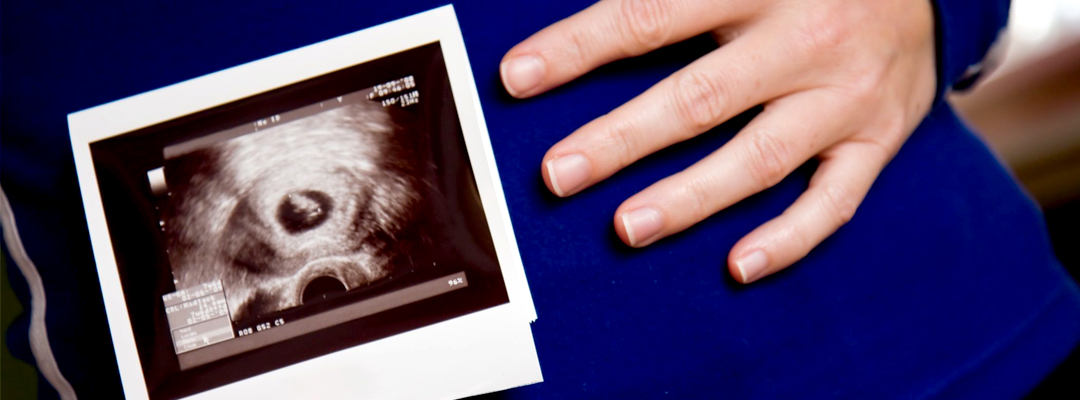Preventive Healthcare
Molar Pregnancy: Types, Symptoms, Causes and Treatments
3029 Views
0

Spontaneous miscarriages or abortions usually happen in the first 3 months of pregnancy up to 20 weeks of gestation. One of the reasons for this is a Molar pregnancy.
What is Molar Pregnancy?
Molar pregnancy, also known as hydatidiform mole, or gestational trophoblastic disease, occurs once in every 160 pregnancies in India.
Normally, a fertilised egg gets implanted in the uterus with a placenta that helps the foetus to grow. But, in a Molar pregnancy, the placenta starts growing as a fluid-filled dead tissue in the uterus, unable to support the fetus. This eventually leads to the death of the foetus in the early stages of the pregnancy.
Causes of Molar Pregnancy
There is no definite cause for a Molar pregnancy, but some theories have been put forth as follows:
- Genetic causes: Chromosomes or gene abnormalities may contribute to abnormal growth in the uterus or placenta, leading to a Molar pregnancy.
- Abnormal or empty egg: The female body houses thousands of eggs, some of which may not grow or develop completely. A molar pregnancy can occur if a sperm attaches itself to one of these abnormal empty eggs.
- Abnormal sperm: When a normal, developed egg is fertilised by an abnormal sperm, it may end up in a Molar pregnancy.
Age (women less than 20 years of age and more than 35 years) and previous history of a Molar pregnancy have been considered risk factors for a Molar pregnancy.
Types of Molar Pregnancy
There are two main types of molar pregnancy:
A Molar pregnancy is categorised into two types according to the presence or absence of foetal tissue:
- Partial Mole
In a partial Molar pregnancy, there is the presence of abnormal fluid-filled placental tissue as well as some traces of foetal tissue that could not grow into a baby due to a lack of nourishment from the placenta.
- Complete Mole
A complete mole is devoid of foetal tissue but has an abnormally growing placenta in the uterus or womb.
Both types are benign, meaning they do not become cancerous or invade other surrounding tissues. One can eventually have a normal pregnancy after appropriate treatment.
Symptoms of Molar Pregnancy
Certain signs and symptoms are present along with normal pregnancy signs that may hint towards a Molar pregnancy.
- Severe morning sickness and nausea
The placenta emits a hormone called hCG that is responsible for morning sickness in pregnant females. But when the placenta grows abnormally and to disproportionate levels, it may lead to excess hCG, causing severe nausea.
- Vaginal bleeding during pregnancy
Along with the initial spotting seen in pregnancy, you may notice intermittent bleeding or brown spotting until 13 weeks, which may also have sac-like tissue.
- Severe pain around the pelvis and lower back
A Molar pregnancy is essentially a benign growth of placental tissue. It grows faster and an unusually huge baby bump, particularly in the second trimester, may cause undue pain and pressure around your pelvis and lower back.
How is a Molar Pregnancy Diagnosed?
A Molar pregnancy is usually an accidental revelation on your routine ultrasound scans of pregnancy. A high level of suspicion is warranted by the pregnant female or the Obstetrician for a Molar pregnancy ultrasound scan.
Pregnant women with a history of thyroid disorders and a previous history of a Molar pregnancy will be monitored closely during their subsequent pregnancies for another Molar pregnancy.
Treatment of Molar Pregnancy
A Molar pregnancy has to be treated with appropriate medicine and surgery. Surgery is essential to remove all the abnormal tissue inside your womb to prevent further complications.
- Dilation and curettage (D&C procedure)
The abnormal placental and dead foetal tissue are removed by dilating the cervix. A suction pump is used to remove the abnormal tissue.
- Hysterectomy
Although uncommon, a hysterectomy (partial or complete removal of your womb) is done when your Obstetrician suspects another Molar pregnancy in the future or fatal complications for the woman. It is a matter of choice for the mother as well.
- Medications and radiation to control abnormal growth
Some cases of Molar pregnancy may require chemotherapy drugs and radiation to control further abnormal growth of your placenta or uterus and prevent rare cancer predispositions.
Have a Healthy Pregnancy!
A Molar pregnancy is not a cause for worry if one takes adequate treatment and undergoes rigorous monitoring to become pregnant once again. The two types of Molar pregnancy, partial and complete, are benign and need surgical removal of the abnormal tissue. It is commonly diagnosed on routine ultrasound scans during the first and second trimesters of pregnancy. If you experience abnormal vaginal discharge, excessive morning sickness, or pain, you should consult your obstetrician right away! Book your pregnancy test with metropolis healthcare.
FAQs
- When do Molar Pregnancy Symptoms Start?
Vaginal bleeding with abnormal sac-like tissue in the blood, indicating a Molar pregnancy, is usually seen anywhere between 6 and 12 weeks of gestation.
- Does Molar Pregnancy Cause Infertility?
The chance of infertility is between 1 and 2%. Therefore, the chance of a normal pregnancy after a Molar pregnancy is high. It rarely causes infertility.
- Why Do You Have to Wait to Conceive After a Molar pregnancy?
Doctors usually recommend you wait for 6–12 months to conceive again. This is done to prevent any complications that may come up after a few days or weeks of treatment for a Molar pregnancy.
 Home Visit
Home Visit Upload
Upload














1701259759.webp)









 WhatsApp
WhatsApp